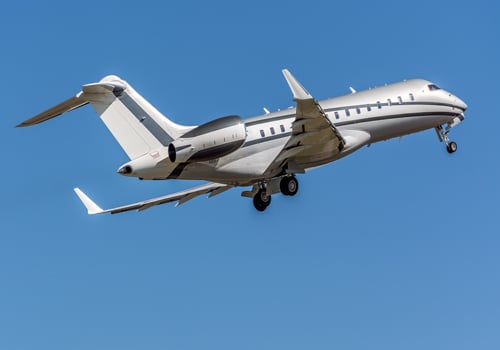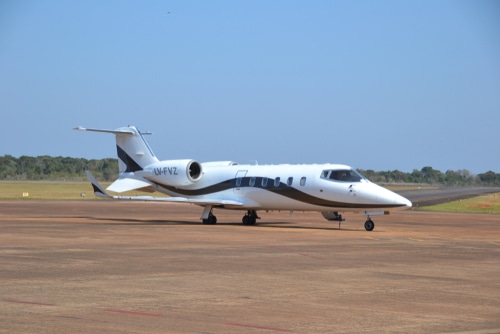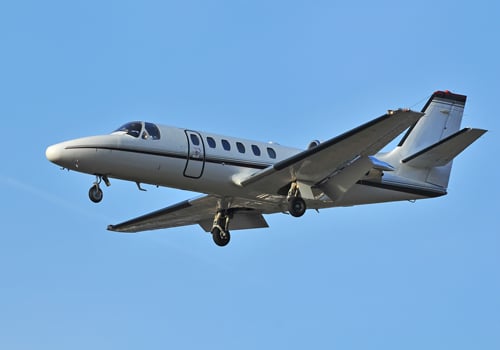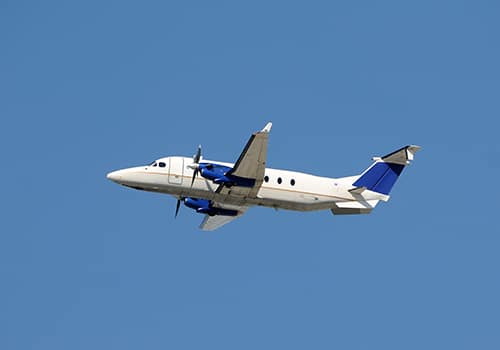Description
Overview:
The Beechcraft King Air is a family of twin-turboprop aircraft produced by Beechcraft. It is distinguished from the Queen Air, the original design, by its engine and pressurized fuselage. The Beech 99 and Beechcraft 1900 are commercial aircraft of the same family. The Beechcraft 1300 is a version of the Model B200 adapted to regional transport. The Model 90 has been produced continuously since 1964.
The Beech “Super King Air” is a twin-engine commercial airplane, with low-wing cantilever, tail fin, tricycle landing gear and can carry up to thirteen passengers, depending on the version.
Commercial Features:
The King Air have been, and continue to be, commercially successful thanks to their reliability, their performance, and the large volume of the cabin, which can be transformed quickly for the transport of light or sanitary freight. They are common in air taxi company fleets.
The first flight of the Beechcraft King Air 200 took place on October 27, 1972, and was commissioned in April 1974. Since then, 3,550 aircraft have been built. In 1979, the Model 200C was offered with a large cargo door on the left side at the rear of the fuselage. A military version designated Model A200C is also being developed.
Technical Features:
Since 1972, when Cessna revealed its twin-engine Citation business jet project, Beechcraft looked for the best way to access the business jet market. It was in this context that the prototype of the Model 200 (N38B) was experimentally equipped with two Pratt & Whitney JT-15D-4 reactors in 1975.
Beechcraft developed the Model 200T specially for reconnaissance and aerial photography. The modifications compared to the basic model consist of arrangements at the rear of the fuselage which make it possible to photograph the ground vertically, and dome windows were also installed to allow the camera to face downwards. The aircraft may also be equipped with a surveillance radar under the fuselage. The range can be increased with additional fuel tanks of 190 liters, mounted at the ends of wings.
Other versions of the Model 200 have also been developed: more powerful engines, more efficient propellers, large cargo doors, a new landing gear retraction system and the possibility of installing 13 passenger seats in high density are the main changes offered.










